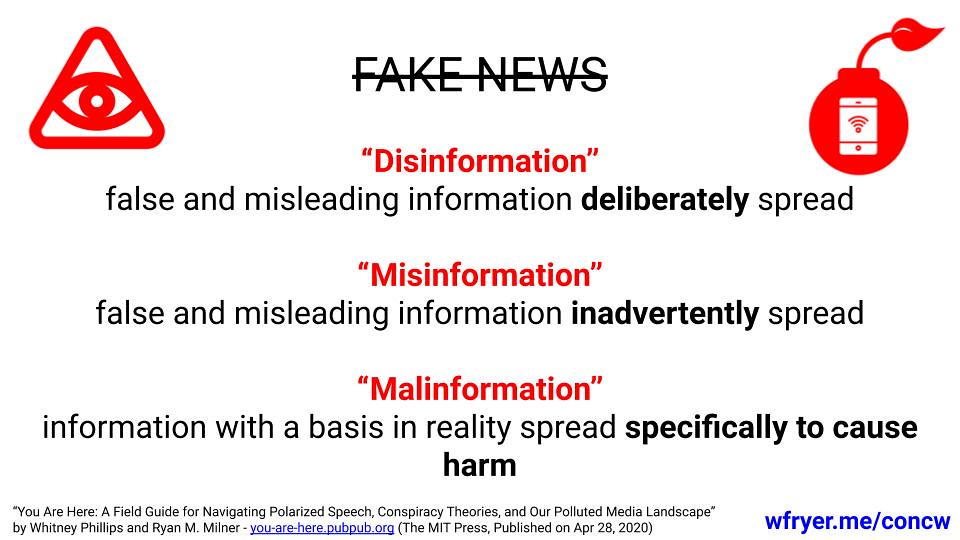Misinformation Is Soaring Online. Don’t Fall for It

With the rapid growth of digital communication and the ease with which information spreads, misinformation has become an increasingly prevalent issue. The internet has become a breeding ground for false information, making it crucial for individuals to exercise caution and critical thinking when consuming online content.
Misinformation can be disseminated through various channels such as social media, websites, and even messaging applications. It often appears legitimate and trustworthy, making it challenging for individuals to distinguish fact from fiction. False information regarding health, politics, science, and current events can lead to misguided actions, harm to individuals and communities, and erosion of trust in reputable sources.
- Fact-check before sharing: Verify the information using reliable sources before sharing it further. Thoroughly research the story, cross-reference multiple credible news outlets, and consult subject matter experts when possible.
- Question the source: Be wary of unfamiliar websites or social media accounts as they may not have a history of credibility. Check for verified markers, review the website’s about section, or search for reviews of the source.
- Check for bias: Misinformation can be fueled by bias, so always strive to identify the biases present in the information you consume. Explore both sides of an argument, consult reputable fact-checking organizations, and consider the credibility of the author or organization behind the content.
- Scrutinize visuals: Manipulated or misleading visuals are commonly used to bolster misinformation. Double-check images, videos, and infographics for signs of alteration or misleading context. Reverse image searches can help uncover the original source or identify instances of image manipulation.
“The truth is rarely pure and never simple.” – Oscar Wilde
Education is key in combatting the spread of misinformation. By developing critical thinking skills, individuals can navigate the vast sea of information online responsibly. Many organizations and platforms are also taking steps to tackle misinformation through fact-checking initiatives and content moderation. However, the responsibility ultimately falls on every individual to be cautious of what they consume and share in the digital landscape.
Stay informed! Sign up for our newsletter to receive regular updates on debunked misinformation, valuable tips, and trustworthy sources. Subscribe Now


Recent Comments